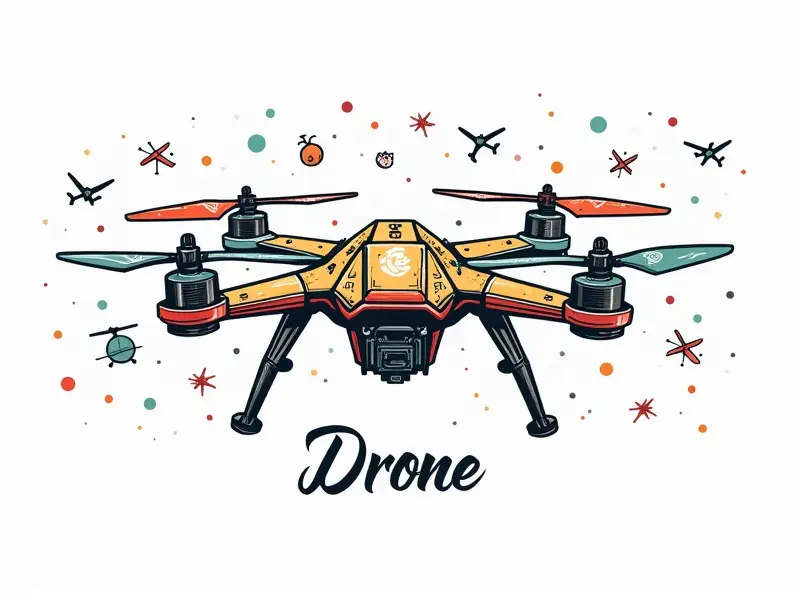Can I race FPV drones at night?

Is Night FPV Drone Racing Allowed Where You Live?
Flying FPV (First Person View) drones at night is a thrilling and challenging activity that many enthusiasts enjoy. However, before you strap on your goggles and hit the skies under the moonlight, it's crucial to understand if this type of racing is legal in your area. Local regulations can vary significantly from one jurisdiction to another.
Most countries have specific rules governing drone operations, including restrictions on nighttime flying. In the United States, for instance, the Federal Aviation Administration (FAA) has guidelines that prohibit night-time flights unless you obtain a waiver through their Part 107 program. Similarly, in Europe, the European Union Aviation Safety Agency (EASA) also imposes strict regulations.
It's essential to check with your local aviation authority or drone racing association for specific rules and requirements. Some regions may allow night flying under certain conditions, such as obtaining special permits or adhering to additional safety measures.
Flying FPV Drones in the Dark: Safe or Risky?
FPV drone racing at night presents unique challenges that can make it both exhilarating and dangerous. The primary concern is visibility; without adequate lighting, pilots must rely heavily on their drones' onboard cameras to navigate.
Nighttime flying requires a higher level of situational awareness due to reduced visual cues from the environment. Pilots must be prepared for unexpected obstacles like trees, power lines, or other drones sharing the airspace. Ensuring that your drone is equipped with proper lighting and visibility aids can significantly enhance safety.
The Legalities of Nighttime FPV Drone Racing
Understanding the legal landscape surrounding nighttime FPV racing is paramount to avoid any potential issues with authorities. As mentioned earlier, obtaining necessary permits or waivers from aviation regulatory bodies is often required.
In addition to federal regulations, local laws and ordinances may also impact your ability to fly at night. Some cities have noise restrictions that could affect when you can operate drones in residential areas. Always consult the relevant legal documents before planning a nighttime race.
Challenges of Night FPV Racing
Nighttime racing poses several unique challenges that pilots must be prepared for:
- Visibility: Reduced light levels make it harder to see obstacles and terrain features clearly.
- Navigation: Pilots need to rely more on their drone's video feed, which can introduce latency issues.
- Battery Life: Drones consume power faster in cold temperatures common at night.
Tips for FPV Drone Racing Under Moonlight
To enhance your nighttime racing experience and ensure safety, consider the following tips:
- Light Up Your Gear: Equip your drone with LED lights to improve visibility in dark conditions.
- Use Night Vision Goggles: These can help you see better through your FPV goggles by amplifying ambient light.
- Select Suitable Locations: Choose open areas away from obstacles and residential zones.
Gear Needed for Night FPV Drone Racing
To safely participate in nighttime racing, you'll need specific gear to enhance visibility and navigation:
- LED Lights: Attach multiple LED strips or spotlights to your drone.
- Night Vision Goggles: These provide better vision through the FPV feed in low-light conditions.
- Reflective Markers: Use reflective tape on your drone and racecourse to improve visibility.
Benefits and Risks of Night FPV Racing
Nighttime racing offers several benefits, including unique challenges that can sharpen your skills as a pilot. However, it also comes with inherent risks:
- Enhanced Skill Development: Flying in low-light conditions forces you to rely more on your drone's video feed.
- Spectacular Aerial Views: Nighttime racing can provide breathtaking views and a unique perspective of the environment.
- Risk of Accidents: Reduced visibility increases the likelihood of collisions with obstacles or other drones.
Flying FPV Drones at Night: Safety Tips
To ensure your nighttime racing experience is both enjoyable and safe, follow these safety tips:
- Check Weather Conditions: Avoid flying in poor weather or foggy conditions.
- Battery Management: Ensure your drone's batteries are fully charged before takeoff.
- Communication: Use a two-way radio to stay in contact with other pilots and race organizers.
Best Locations for Night FPV Racing
Selecting the right location is crucial for a successful nighttime racing event. Consider these factors when choosing your venue:
- Open Spaces: Look for large, open areas with minimal obstacles.
- Avoid Residential Areas: Choose locations far from residential zones to minimize noise complaints.
- Legal Permits: Ensure you have all necessary permits and approvals before setting up your race.
Visibility Challenges in Night FPV Racing
Nighttime racing presents significant visibility challenges that can impact safety and performance. Pilots must rely heavily on their drone's video feed, which introduces latency issues and reduces situational awareness:
- Latency Issues: The delay between your control inputs and the drone’s response can be more pronounced at night.
- Reduced Visual Cues: Without natural light, it's harder to judge distance and speed accurately.
Rules for Night FPV Drone Competitions
To ensure fair play and safety during nighttime racing events, adhering to specific rules is essential. Common rules include:
- Lighting Requirements: All drones must be equipped with sufficient lighting.
- No Unauthorized Flying Zones: Designate specific areas where unauthorized flying is prohibited.
- Safety Briefings: Conduct thorough safety briefings before each race to ensure all participants understand the rules and risks involved.
Conclusion
Flying FPV drones at night can be an exciting and rewarding experience, but it requires careful planning and adherence to legal regulations. By understanding local laws, equipping yourself with appropriate gear, and following safety guidelines, you can enjoy the unique challenges and benefits of nighttime racing while minimizing risks.

